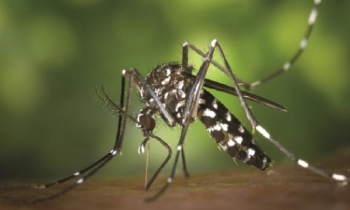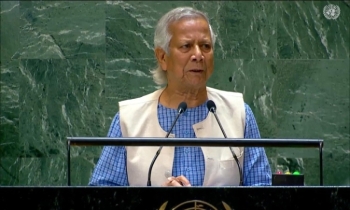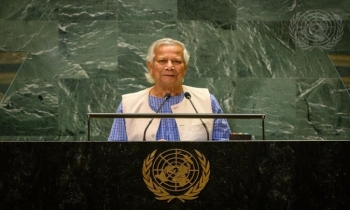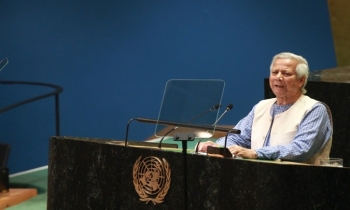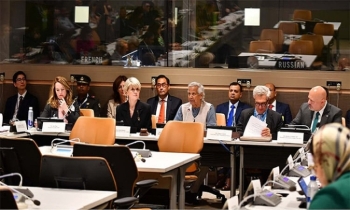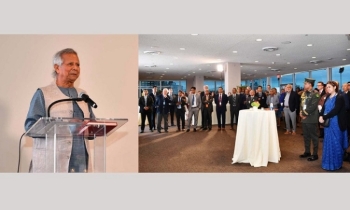Dhaka city dwellers breathe clean air throughout July: Study
UNB || BusinessInsider

Photo: Business Insider Bangladesh
This past July the Dhaka city dwellers got a special treat from the nature. The air they breathed in was much cleaner as the air quality significantly improved thanks largely to pollution-reducing rain, Eid exodus and Covid restrictions.
Even Dhaka got a niche among the world’s top ten cities having clean air from July 22-31 last, a relief for an overcrowded city known for its severe air pollution.
According to the data of the US-based IQAir Visual, Dhaka was also among the top five cities for particular times on July 24 and 30 for the good air quality, said Prof Dr Ahmad Kamruzzaman Majumder, the founder and director of Centre for Atmospheric Pollution Studies (CAPS) of Stamford University Bangladesh.
The city’s air quality significantly improved in July as its Air Quality Index (AQI) score remained less than 100 in the most of days of the month.
The AQI score 0-50 is considered as ‘good’ air quality, while 51-100 as moderate, 101-150 as unhealthy for sensitive groups, 151-200 as unhealthy, 201-300 as very unhealthy and 301 and above as hazardous.
However, the Dhaka’s air AQI score remains above 200 and sometimes goes closed to 300 in the normal time.
Prof Majumder said the air quality got better in July mainly for rain, Eid exodus, less traffic movement and restrictions in many other activities due repeated Covid-19 lockdowns last month.
The highest average particulate matter (PM2.5) was 53.48 µg/m³ in Gulshan-2, while the lowest average concentration 18.89 µg/m³ in Motijheel area in July 2021, according to the findings of a study conducted by CAPS.
The air quality was recorded in 10 spots of the capital, including Gulshan-2 and Motijheel as part of the study carried out under a USAID and FCDO-funded Anti-Pollution Advocacy Project.
Of the 8 other places, the average PM2.5 concentration was 19.34 µg/m³ in Sangsad Bhaban area, 19.63 µg/m³ in Ahsan Manjil, 28.85 µg/m³ in Shahbagh, 30.23 µg/m³ in Tejgaon, 32.92 µg/m³ in Dhanmondhi, 33.84 µg/m³ in Agargaon, 36.94 µg/m³ in Uttara-Abdullapur and 40.10 µg/m³ in Mirpur-10.
The air quality was recorded as healthy in all the 10 places as the concentration 65 µg/m³ is considered as healthy air in Bangladesh as per the national air quality guideline.
In the last four months (April-July 2021), the lowest average concentration was 51.27 in Dhanmondi-32, while the highest average concentration was 71.23 in Gulshan-2, according to the findings.
During the 90 days period (Jan-March 2021), Dhaka’s air was ‘hazardous’ for 12 days, ‘very unhealthy’ for 58 days, ‘unhealthy’ for 19 days and ‘unhealthy for sensitive groups in one day.
Inhaling polluted air has long been recognized that it increases one's chances of developing heart diseases, chronic respiratory diseases, lung infections and cancer, according to several studies.
As per the World Health Organization (WHO), air pollution kills an estimated seven million people worldwide every year, largely as a result of increased mortality from stroke, heart disease, chronic obstructive pulmonary disease, lung cancer and acute respiratory infections.

